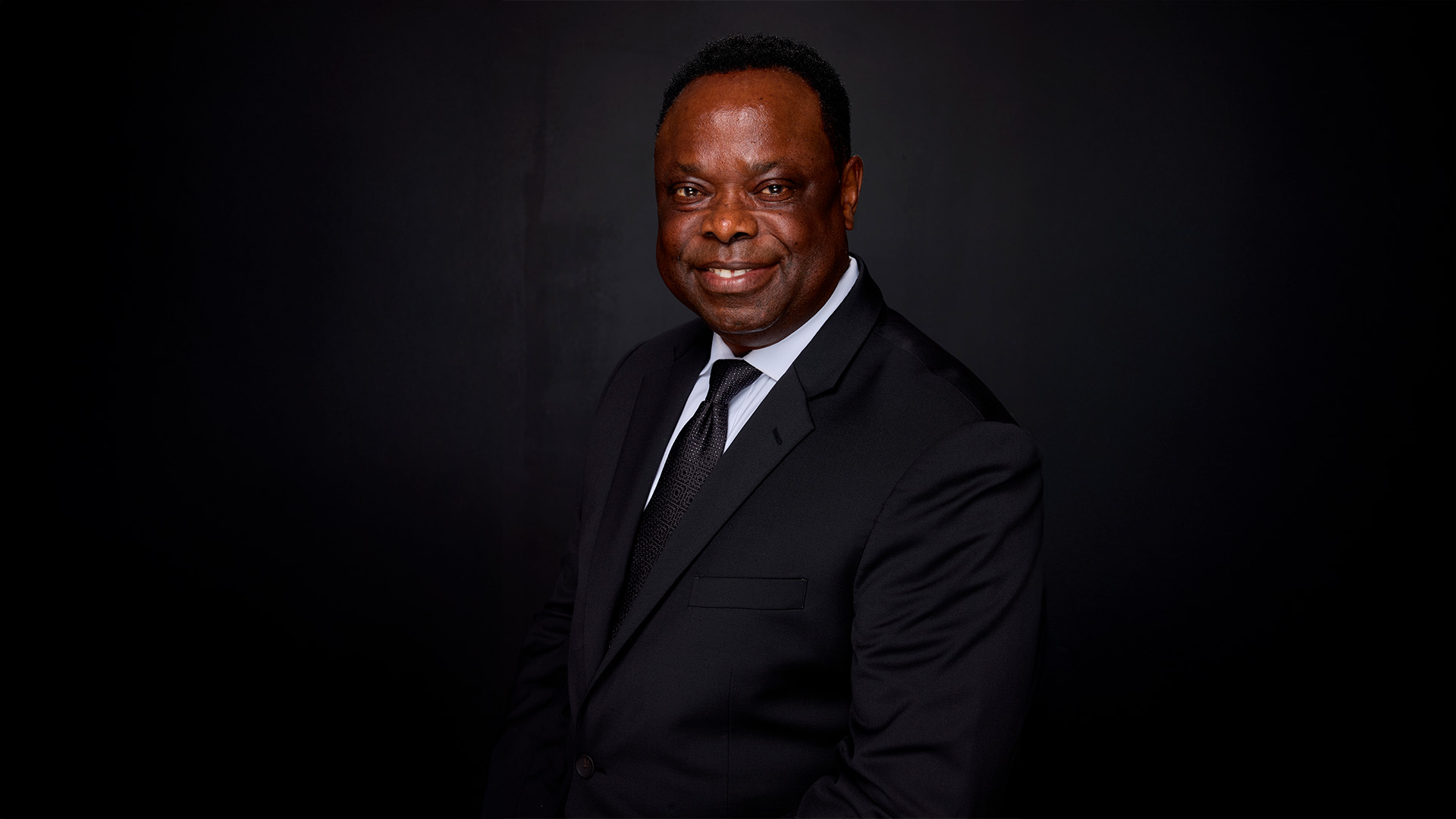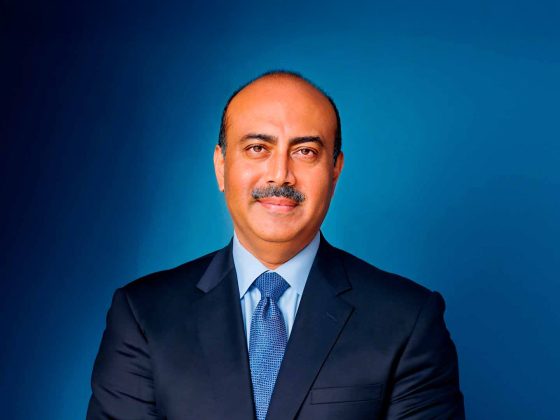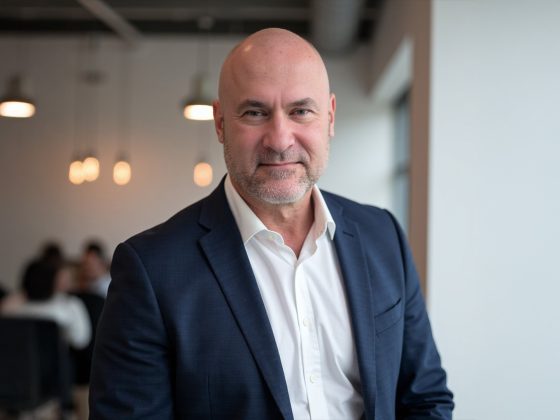Capital projects across industries face a persistent challenge that quietly determines corporate success or failure. While strategy captures attention in boardrooms, execution determines whether billion-dollar investments deliver promised returns. Akin Oni, a seasoned project execution expert based in Houston, TX, brings decades of experience helping companies transform their approach to capital project delivery, turning execution from a cost center into a strategic value driver for shareholders.
Driving Shareholder Returns Through Execution
Major capital projects represent some of the largest investments companies make, yet most fail to deliver their promised value. Oni has witnessed this challenge across cultures and continents, where execution discipline makes the difference between shareholder value creation and destruction.
“In the boardrooms of billion-dollar ventures and across the dusty plains of global construction sites, a singular truth quietly determines long-term corporate success,” Oni explains. “Execution is where value is realized or lost.” While strategy gets the headlines, he emphasizes that execution delivers on those promises. The current business environment has elevated these stakes significantly. “For too long, capital project teams have been seen as cost centers and compliance functions. But in today’s complex high-stakes landscape, marked by inflationary pressures, geopolitical shifts, resource constraints, and rising ESG expectations, project execution must become a board-level conversation,” he states.
Defining Shareholder Value in Project Context
Understanding what shareholder value means within project execution goes beyond traditional financial metrics, such as EBITDA, etc. “Shareholder value is generated when projects deliver on time and within budget. Facilities operate safely and reliably from day one. Strategic benefits such as market share, cost competitiveness, and optionality are all realized,” Oni notes. The challenge lies in execution, where most mega projects fall short of expectations. According to recent studies, over 60% of large capital projects face cost overruns and delays. “Oftentimes, this is not a planning problem. It’s actually an execution discipline problem,” he observes.
Oni identifies several critical failure points in project execution. “Project execution fails when front-end decisions are rushed. There are stages that you go through before you come to the point where you say, let us execute this project,” he explains. When companies rush through due diligence to meet deal windows or political milestones, problems inevitably follow. Additional failure points include poorly defined scope, misaligned contracting strategies, and teams operating in silos. “A great team will build a great project. A poor team will end up delivering a poor project,” he states. When commercial, technical, and operational teams don’t function as one cohesive unit, value erosion becomes inevitable.
Three Essential Strategic Shifts
Oni advocates for three fundamental changes in approaching project execution.
Reframe From Cost Control to Value Leadership – “We need to stop treating project teams as budget guardians. Instead, position them as value architects with end-to-end ownership,” he suggests.
Shift From Technical Delivery to Strategic Integration – “Execution should not be a downstream function, but a fully integrated part of investment planning,” he emphasizes. Senior executives must embed project leadership into capital allocation decisions. M&A planning, and post-execution commercialization strategies.
Moving From Contract Administration to Ecosystem Orchestration – “In a world of EPCs, joint venture partners, local regulators, financiers and global suppliers, execution is no longer a linear activity, it’s an ecosystem play. Only leaders who align incentives, drive transparency, and build trust across the value chain can accelerate performance and safeguard value,” Oni explains.
Five High-Impact Execution Levers
He outlines five critical levers for improving project execution. Front-End loading (FEL) discipline ensures well-defined scope and risk-informed design decisions. Integrated project governance elevates decision-making to include technical, commercial, and operational leaders with clear protocols. Contracting strategy must be fit-for-purpose, moving away from one-size-fits-all approaches. Digital transparency through integrated platforms provides executives real-time visibility into schedule, costs, and risks. Most importantly, he emphasizes that “execution excellence is a human endeavor. The best-run projects invest in integrated, empowered, trusted teams across owner and contractor organizations.”
His message to leaders is direct. “Value is not promised, it is delivered. Shareholder value is not created in the boardroom. It is delivered in the field by project teams who execute with clarity, courage and coordination.” Oni wants boards to demand execution readiness before approving investments. CFOs should track value realization, not just spending. Project directors need to focus their teams on value creation, not just delivery. For shareholders, he suggests asking different questions – Not just “What will it cost?” but “How will it perform and deliver strategic returns? When leaders tell him “Show me the money,” he responds: “I first need to tell you what we are building, what the risks are, how long it’s going to take, then I can show you the money.” His conclusion is straightforward: “Strategy sets the direction, but only flawless execution creates enduring value.”
Follow Akin Oni on LinkedIn or visit his website www.akinoni.com for more insights on unlocking value through project execution.










